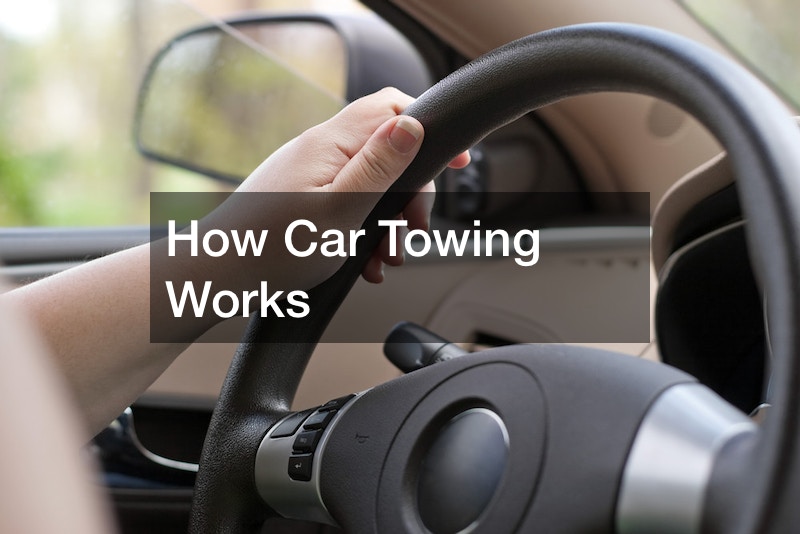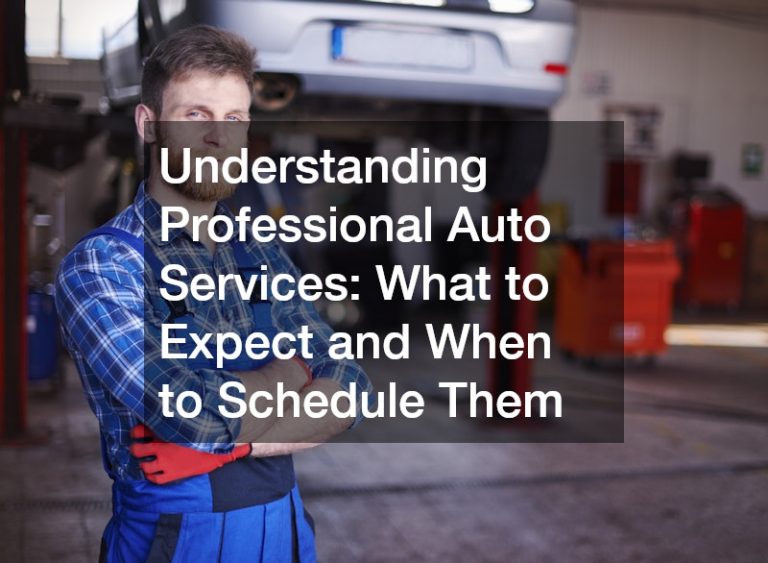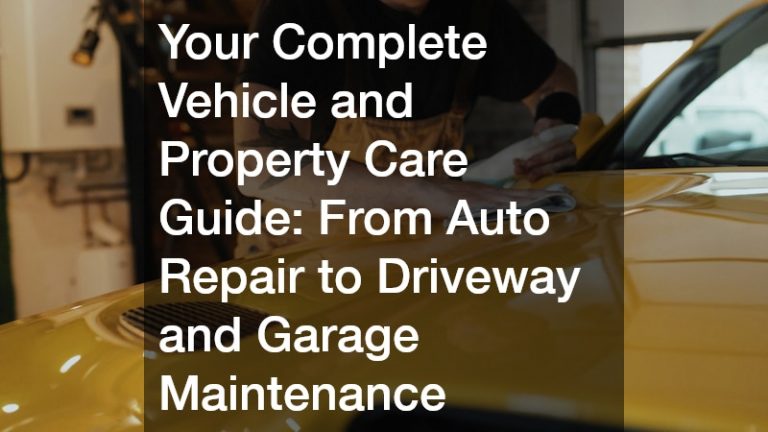

Car towing is a crucial aspect of the automotive industry, and understanding the intricate process can be valuable for both professionals and those unfamiliar with the operation. Here’s a breakdown of the key steps involved in loading a car onto a tow truck, as demonstrated in a recent instructional video.
Choosing the Right Truck: Tow trucks come in various models and configurations, each equipped with specific features.
The demonstration uses a Freightliner with a Cummins extension and air ride suspension, showcasing the versatility of such vehicles.
Initial Setup: Before loading a car, the operator initiates several crucial steps. This includes lowering the bed to the ground for a better approach angle, a particularly useful feature for smaller and lower cars. Activating the power take-off (PTO) engages the hydraulic pump, enabling the operation of essential controls.
Bed and Wheel Lift Operation: The operator slides the bed back and utilizes the wheel lift, which serves a dual purpose. Not only does it provide support for the tow truck, but it also allows for the towing of a second car or a trailer, showcasing the multi-functional nature of these trucks.
Safety Measures: Ensuring the safety of the car being towed is paramount. The use of L arms, safety straps, and proper securing techniques is highlighted. The demonstration emphasizes the importance of following manufacturer guidelines to prevent wear and tear on hydraulic cylinders and the truck’s chassis.
Whether you are a professional in the industry or simply curious about the process, understanding the fundamentals of car towing can prove to be both informative and valuable.




